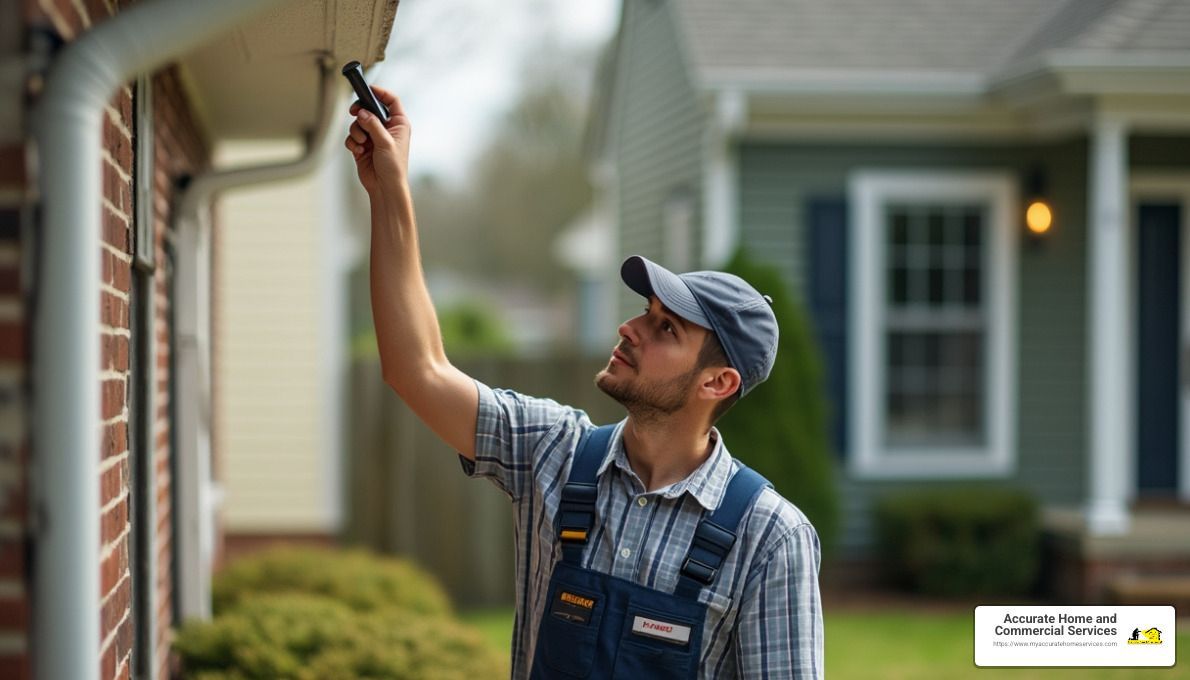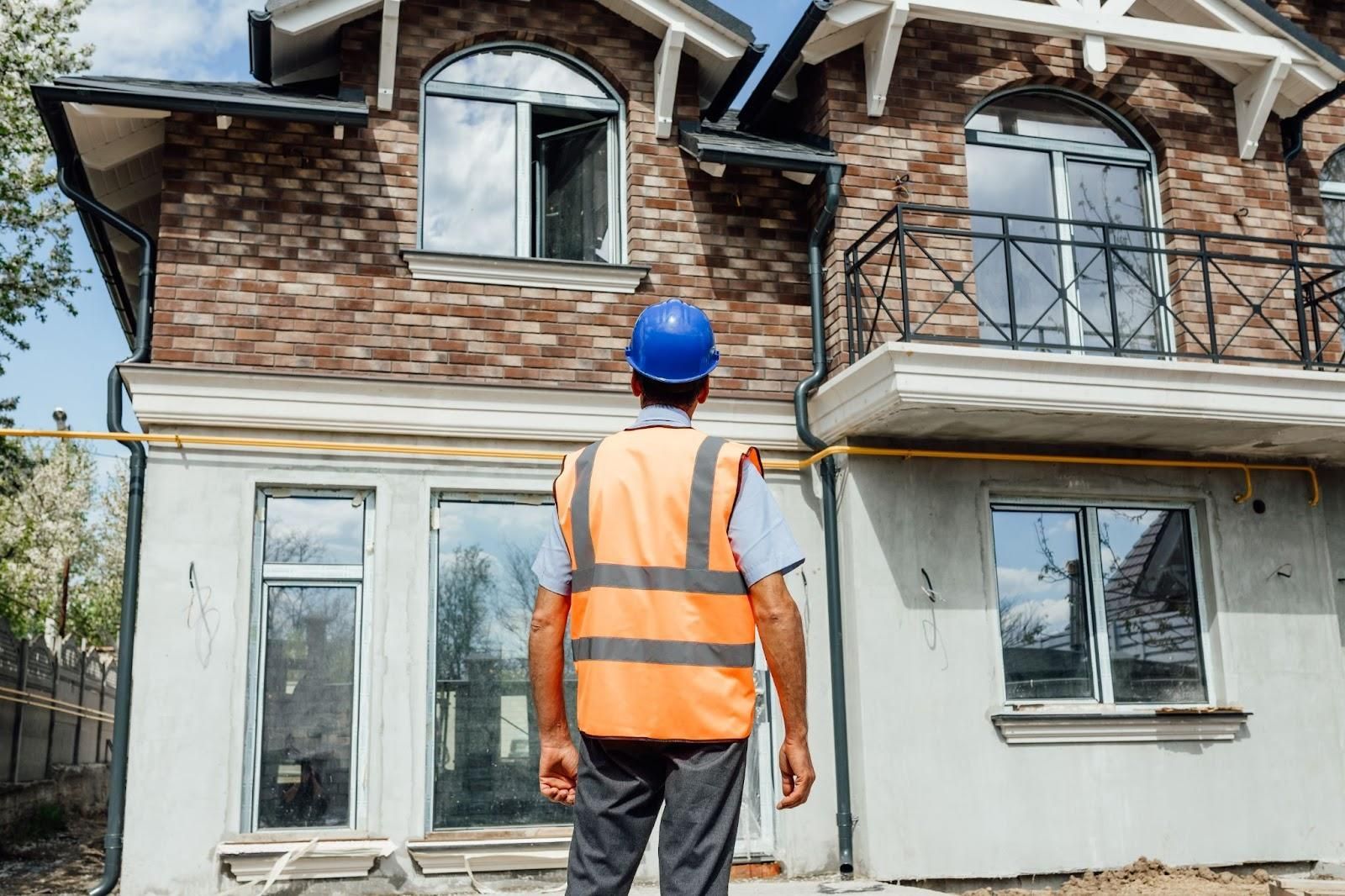Home Inspection Humble TX: Protect Your Investment with a Thorough Evaluation
New Title
A home inspection in Humble, TX, is crucial for ensuring property safety and financial peace of mind. A thorough home inspection reviews the structural integrity, plumbing, electrical systems, and potential pest issues in your home, safeguarding one of your most significant investments. Whether you're buying, selling, or maintaining a home, understanding what a professional home inspection entails can help you make informed decisions and prevent costly surprises.
Here's what you should expect from a home inspection in Humble, TX:
- Comprehensive check of all major systems
- Identification of safety and maintenance issues
- Detailed report with photos for clarity
Choosing a qualified home inspector in Humble, TX, ensures that you receive a thorough evaluation of your property, allowing you to address any concerns before they turn into major repairs. Many inspectors also offer specialized services, such as mold testing, septic evaluations, and energy audits, which provide deeper insights into a home's overall condition.
Comprehensive Home Inspection Services in Humble, TX
A professional home inspection provides a complete assessment of a property's condition. Here are the key services typically included:
Structural Integrity
The foundation and structural components of a home are crucial for safety and longevity. Inspectors check for cracks, shifts, and any signs of wear that could compromise the home's stability. In Texas, foundation repairs can cost between $5,000 and $8,000, making early detection vital to prevent costly repairs.
Roof and Attic Evaluation
The roof is one of the most expensive components of a home to repair or replace. Inspectors look for missing shingles, leaks, sagging areas, and improper drainage. Attic inspections help uncover insulation issues, ventilation problems, and hidden water damage that could affect energy efficiency and indoor air quality.
Electrical System Inspection
An outdated or faulty electrical system poses a fire hazard. A home inspection evaluates the electrical panel, wiring, outlets, and fixtures to ensure they meet current safety standards. Common issues found include outdated wiring, overloaded circuits, and improperly installed electrical components.
Plumbing System Evaluation
Leaks, pipe corrosion, and water pressure issues can indicate underlying plumbing problems. Inspectors check for visible leaks, proper drainage, and the condition of water heaters. A thorough plumbing evaluation can help homeowners avoid costly repairs and potential water damage.
HVAC System Assessment
Heating, ventilation, and air conditioning (HVAC) systems should be checked to ensure they are functioning efficiently. Inspectors examine the furnace, air conditioner, ductwork, and filters for maintenance needs and signs of wear.
Pest and Termite Inspections
Pests and termites can cause significant structural damage if left unchecked. A home inspection includes checking for visible signs of infestations, such as wood damage, droppings, and entry points. Early detection helps homeowners take action before costly damage occurs.
Mold and Moisture Detection
Mold thrives in damp areas and can lead to health problems and property damage. Inspectors use moisture meters and thermal imaging to detect hidden leaks or high humidity areas that could lead to mold growth. Addressing moisture issues early helps prevent future remediation costs.
Septic System and Plumbing Evaluations
For homes with septic systems, regular evaluations are essential to ensure proper function and avoid costly backups. Inspectors check the system's components and look for signs of wear or failure. A professional septic inspection helps homeowners avoid unexpected expenses and maintain proper sanitation standards.
Why a Home Inspection in Humble, TX is Essential
Whether you're purchasing a home or conducting routine maintenance, a home inspection helps ensure the property remains safe and structurally sound. Here’s what you can expect from the process:
Certified Inspectors and Industry Standards
A professional home inspector should be certified by a recognized organization such as the Texas Real Estate Commission (TREC) or the American Society of Home Inspectors (ASHI). Certified inspectors follow industry best practices and provide objective evaluations of a home’s condition.
Advanced Technology for Inspections
Modern home inspections use advanced technology to uncover hidden issues. Some of the tools inspectors use include:
- Infrared Scanning: Detects hidden moisture, insulation gaps, and electrical problems.
- Drone Inspections: Provides a detailed view of hard-to-reach roofs and exterior structures.
- Moisture Meters: Identifies areas of excess moisture that could lead to mold and water damage.
Detailed Inspection Reports
After the inspection, homeowners receive a detailed report outlining the condition of their property. This report includes findings on:
- Foundation and structural elements
- Roofing and exterior components
- Plumbing and electrical systems
- HVAC system performance
- Any recommended repairs or maintenance actions
A well-documented inspection report helps buyers negotiate repairs or price adjustments and allows current homeowners to plan for future maintenance needs.
Common Red Flags in Home Inspections

Certain issues uncovered during a home inspection can indicate major problems that require immediate attention. Here are some of the most common red flags:
Foundation Problems
Cracks, uneven floors, and shifting foundations can indicate significant structural issues. Foundation repairs can range from minor fixes to extensive renovations costing thousands of dollars.
Roof Damage
A damaged roof can lead to water leaks, mold growth, and energy inefficiency. Missing shingles, sagging sections, and deteriorating flashing are signs that a roof may need repairs or replacement.
Plumbing Leaks and Water Damage
Water damage from leaking pipes or poor drainage can lead to mold growth and structural damage. Musty odors, water stains on ceilings, and warped flooring are signs of potential plumbing issues.
Electrical Hazards
Outdated or faulty wiring poses a fire risk. Inspectors look for exposed wires, outdated fuse boxes, and overloaded circuits that need upgrading to meet modern safety standards.
Pest and Termite Infestations
Termites and other pests can silently destroy a home’s structure. An inspection helps detect early signs of infestations before they cause extensive damage.
Cost of a Home Inspection Humble, TX
The cost of a home inspection Humble, TX, varies based on factors like home size, age, and additional services. Here’s a general breakdown:
- Standard Inspection: $300 - $500 for a single-family home
- Larger Homes: Additional $50 - $100 per 500 sq. ft.
- Specialized Inspections:
- Mold Testing: $200 - $400
- Termite Inspection: $50 - $150
- Septic System Inspection: $100 - $300
While an inspection requires an upfront cost, it can save homeowners thousands of dollars in future repairs by identifying issues early.
Final Thoughts: Protect Your Home with a Professional Home Inspection in Humble, TX
A home inspection Humble, TX, is a crucial step in safeguarding your property and investment. Whether you're buying a new home or maintaining an existing one, a professional inspection provides valuable insights into the home’s condition, helping you address potential problems before they become costly repairs.
Choosing an experienced and certified home inspector ensures that every aspect of your home is thoroughly evaluated. A professional home inspection brings peace of mind and helps protect the value of your home for years to come.
For those seeking trusted expertise, Accurate Home and Commercial Services offers detailed, professional home inspections tailored to your needs.











